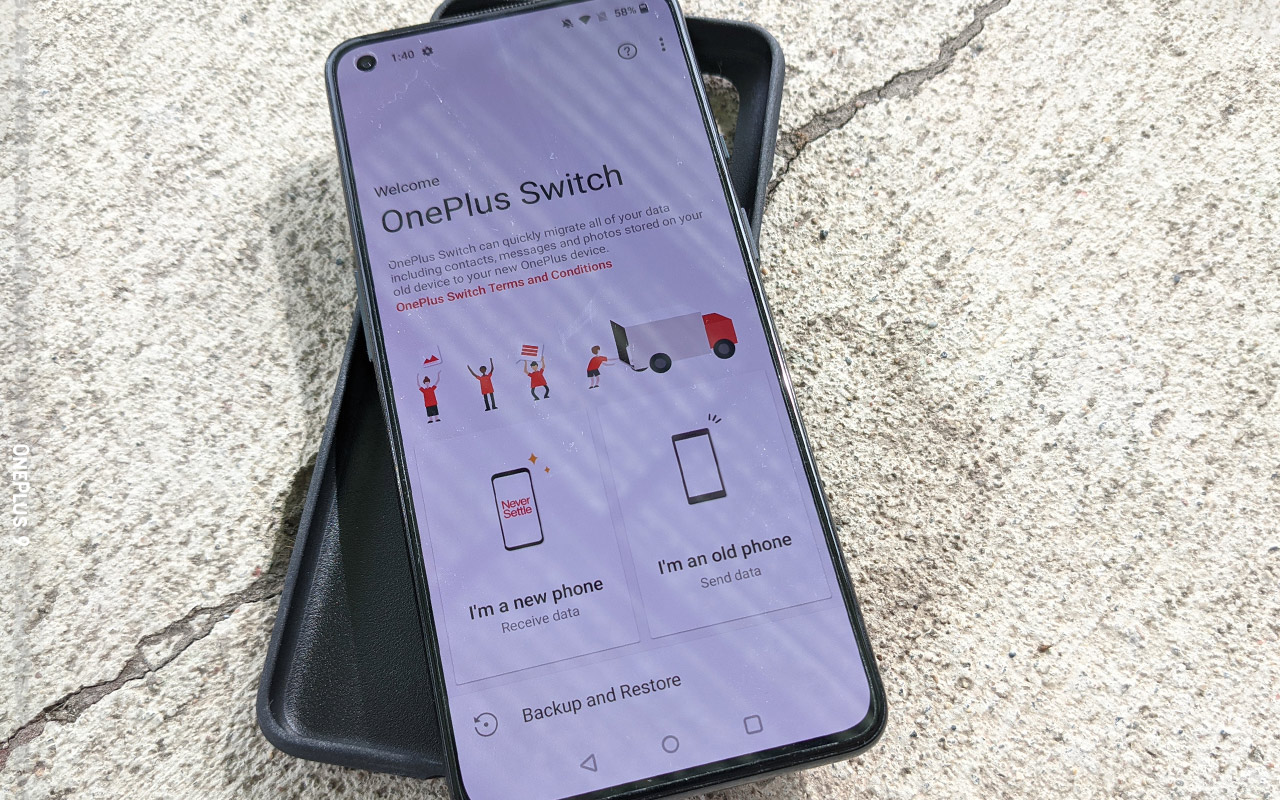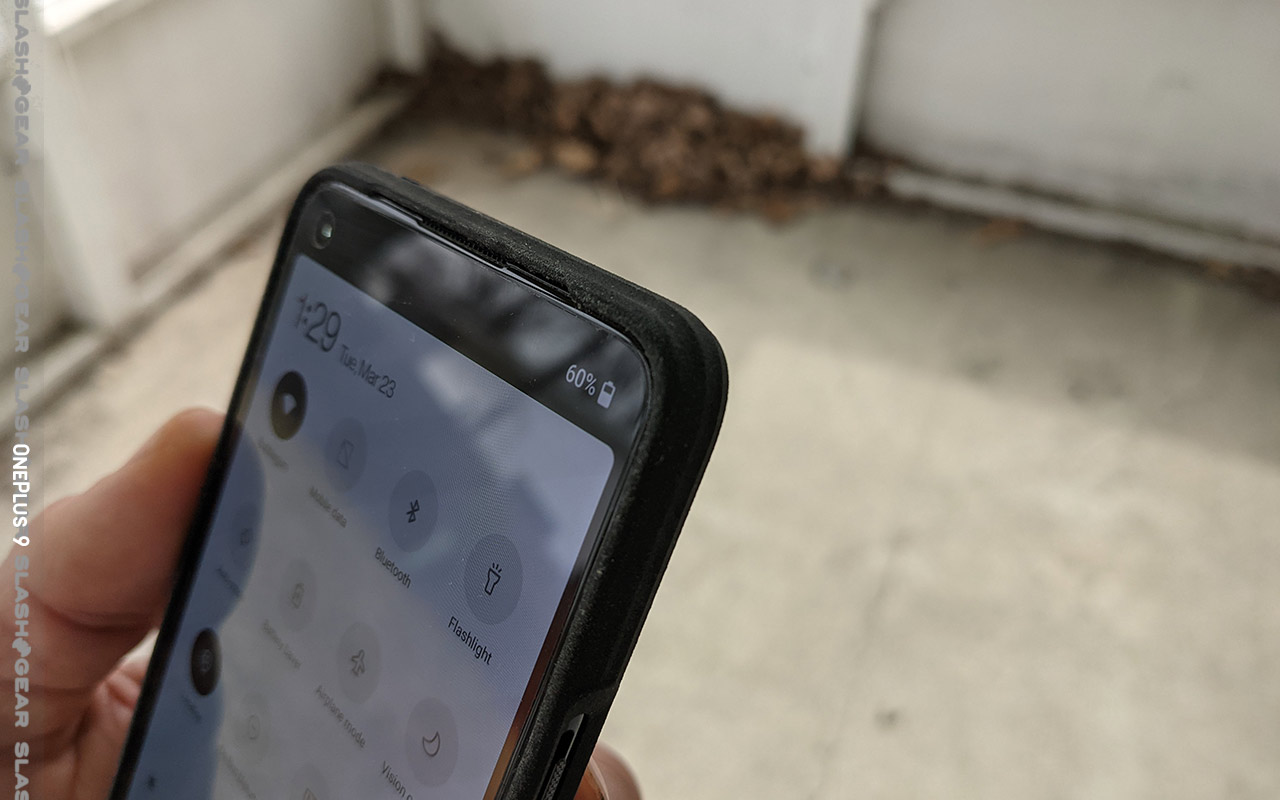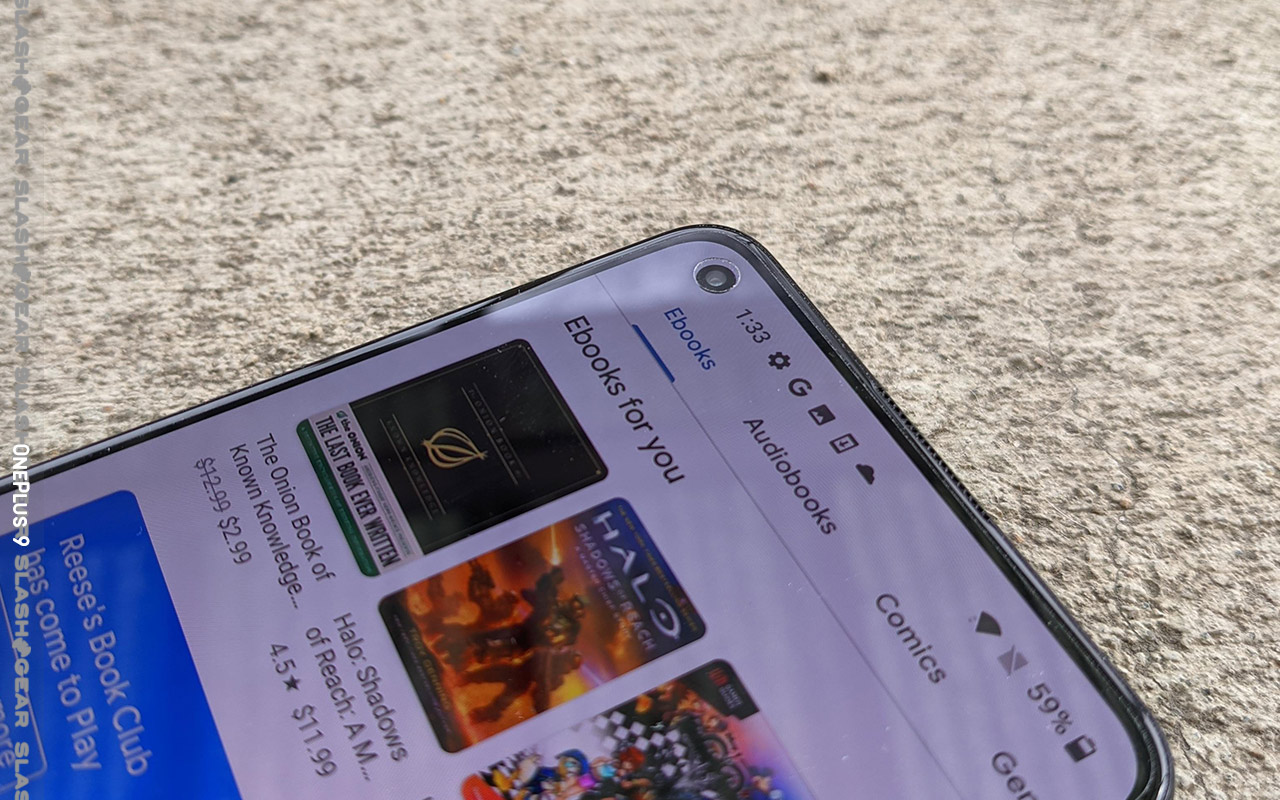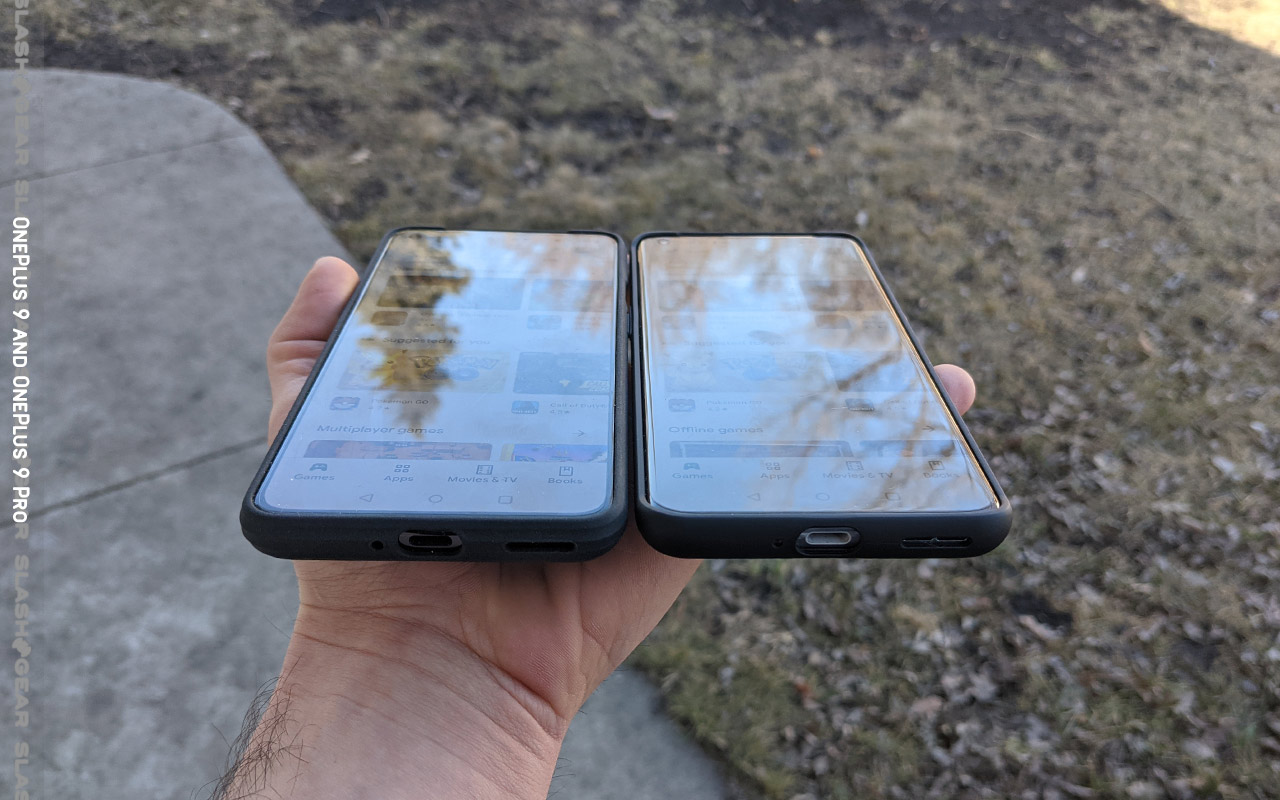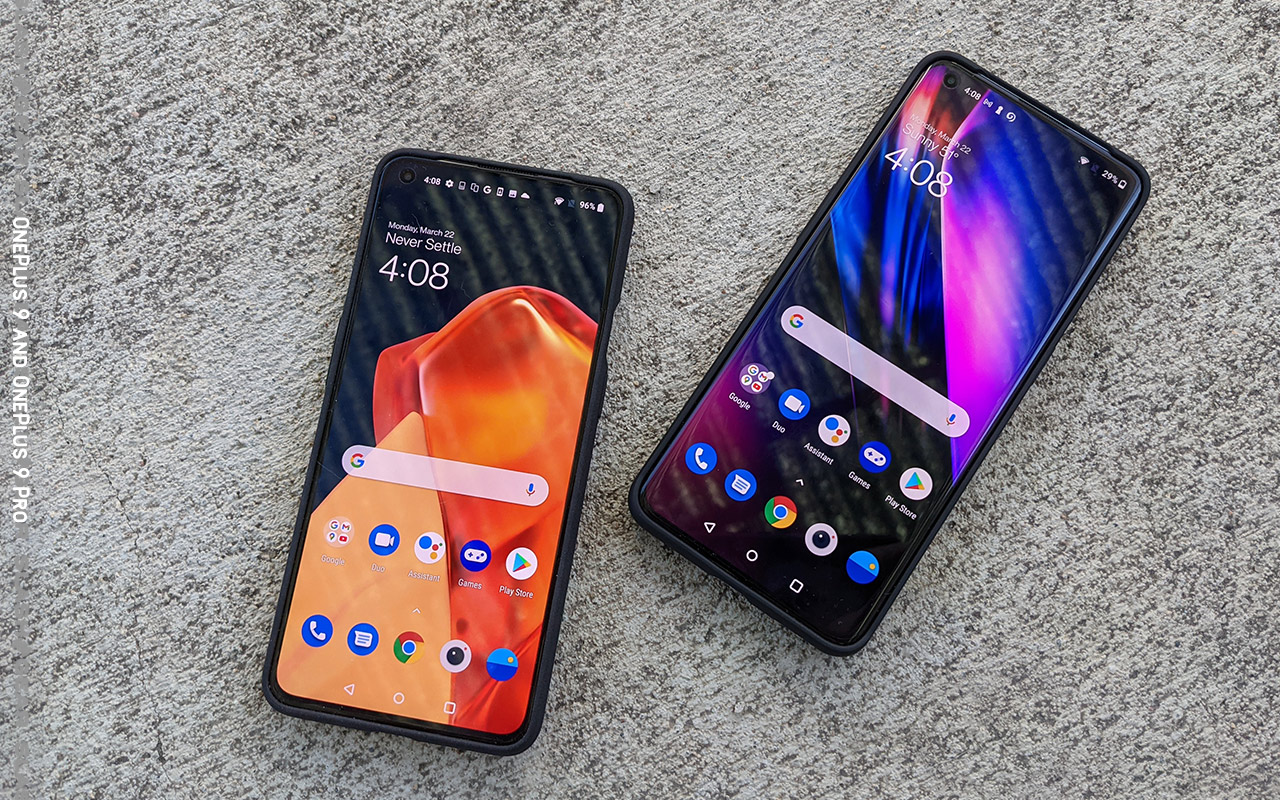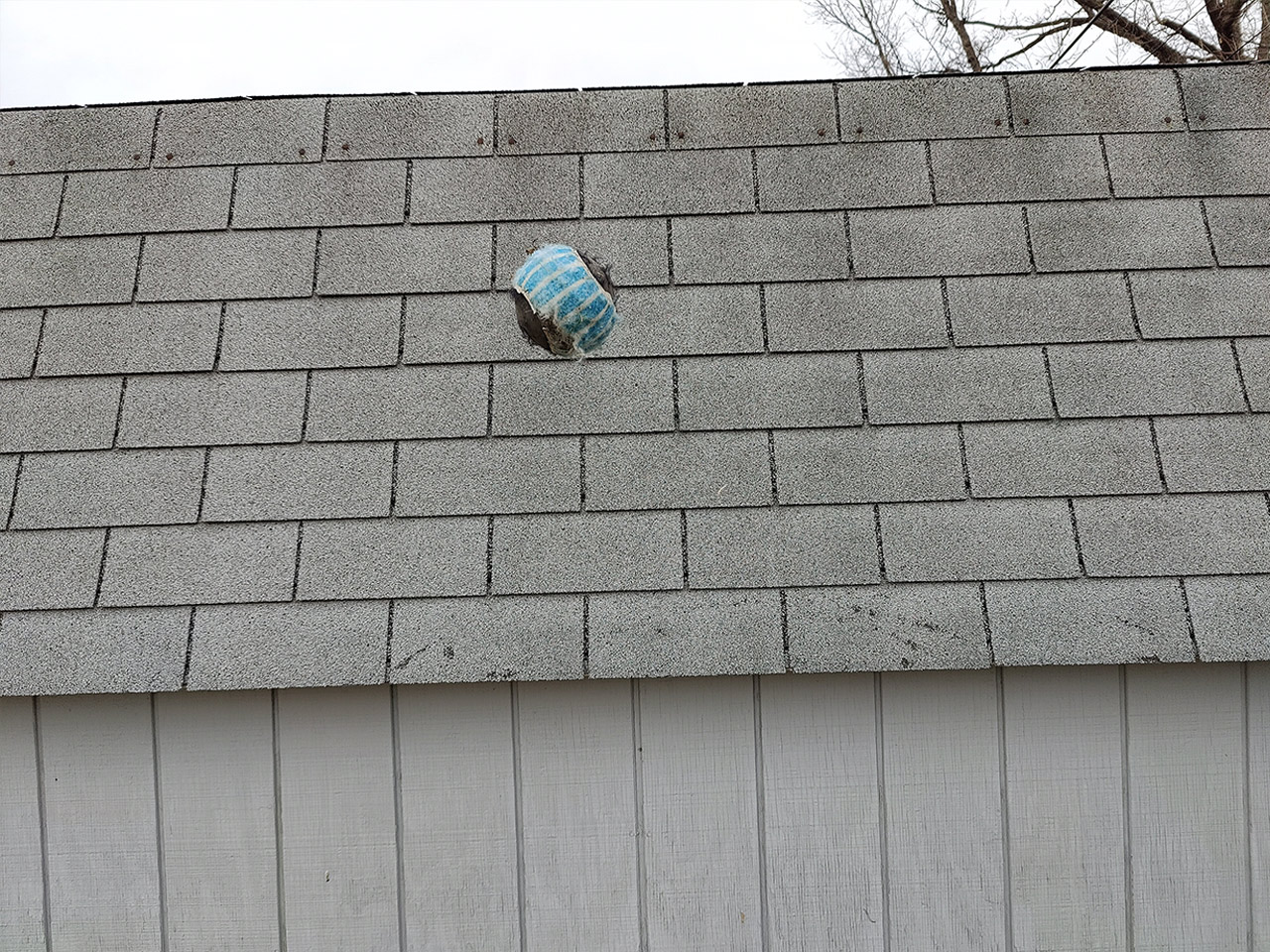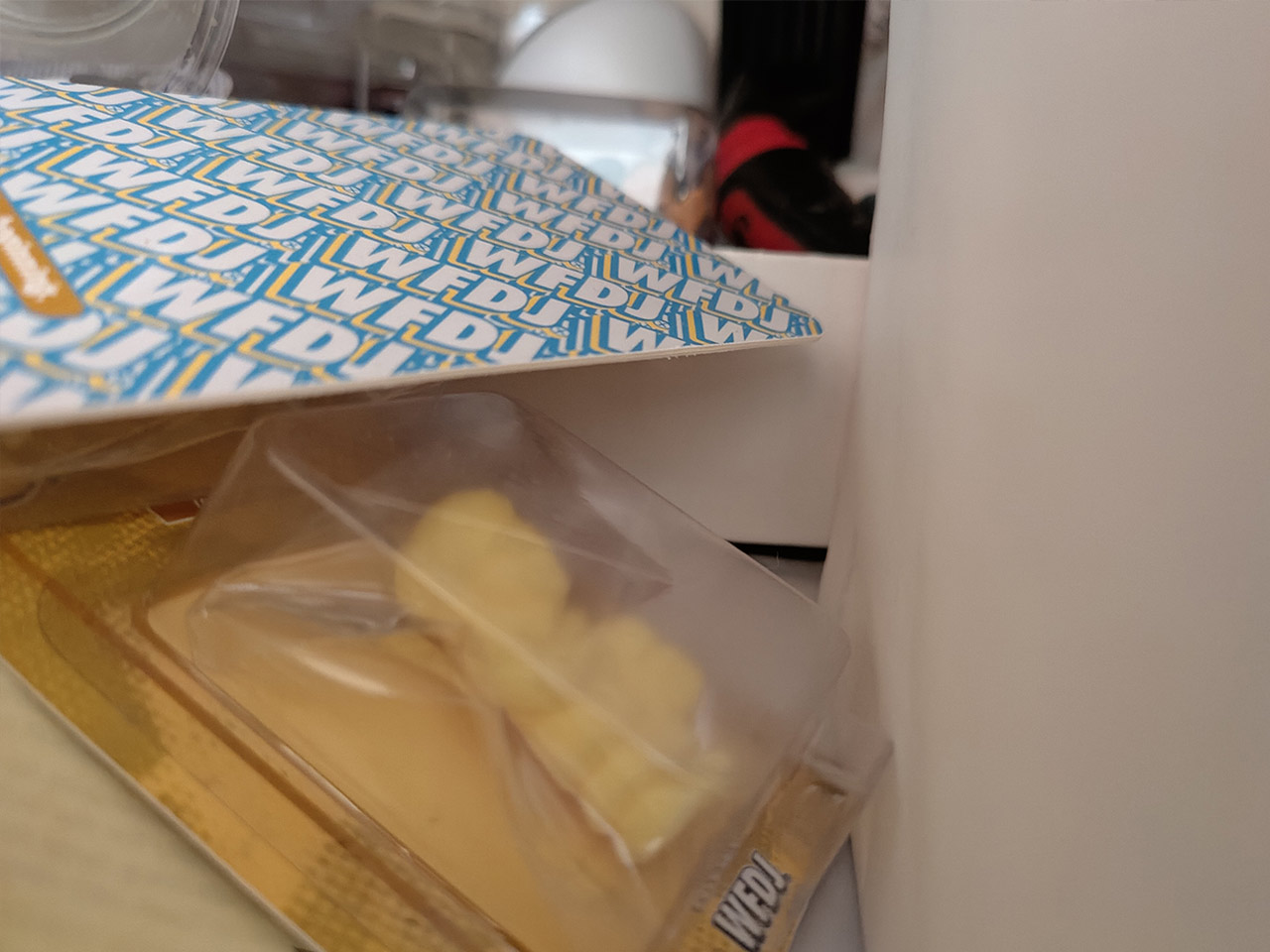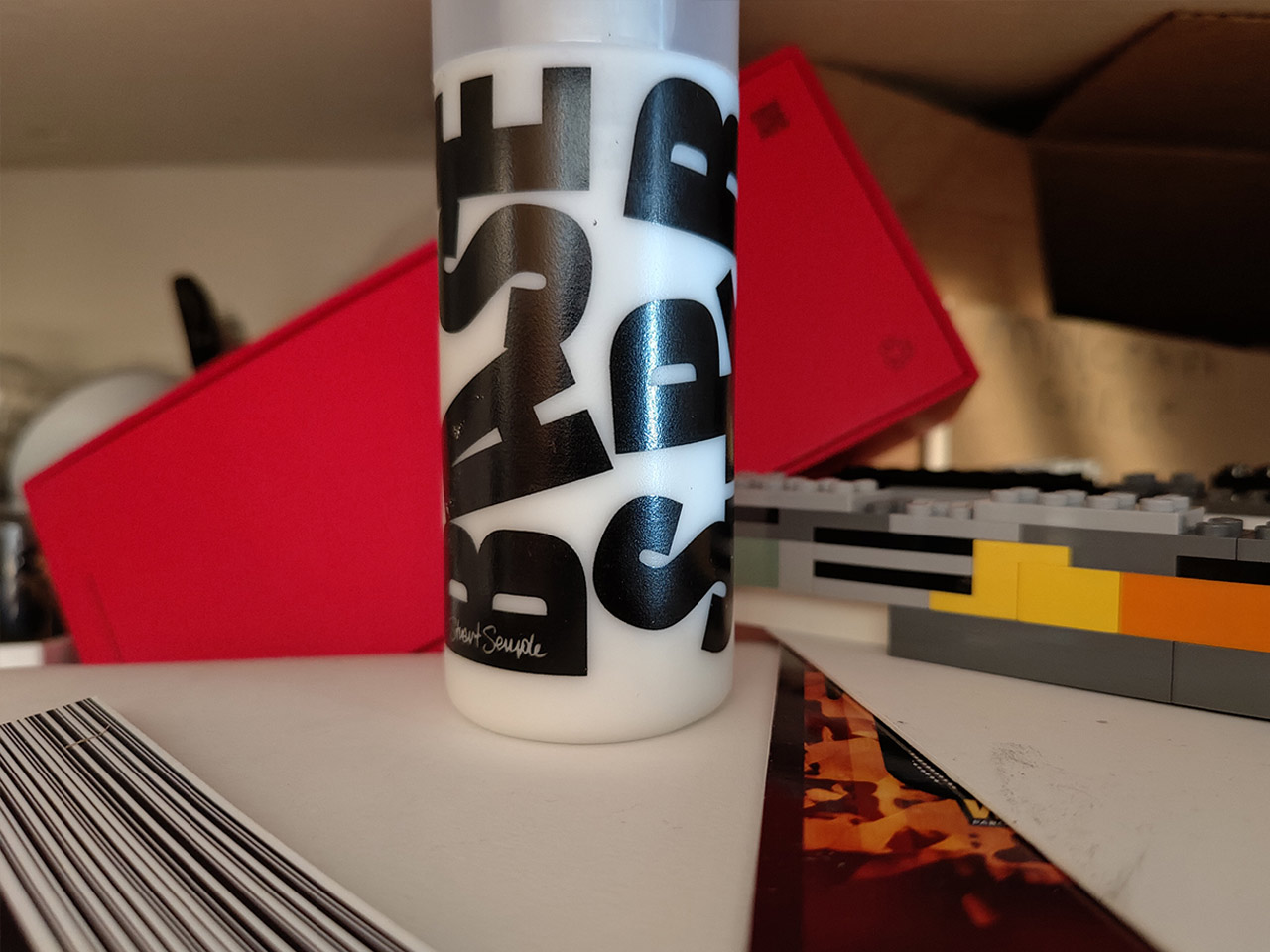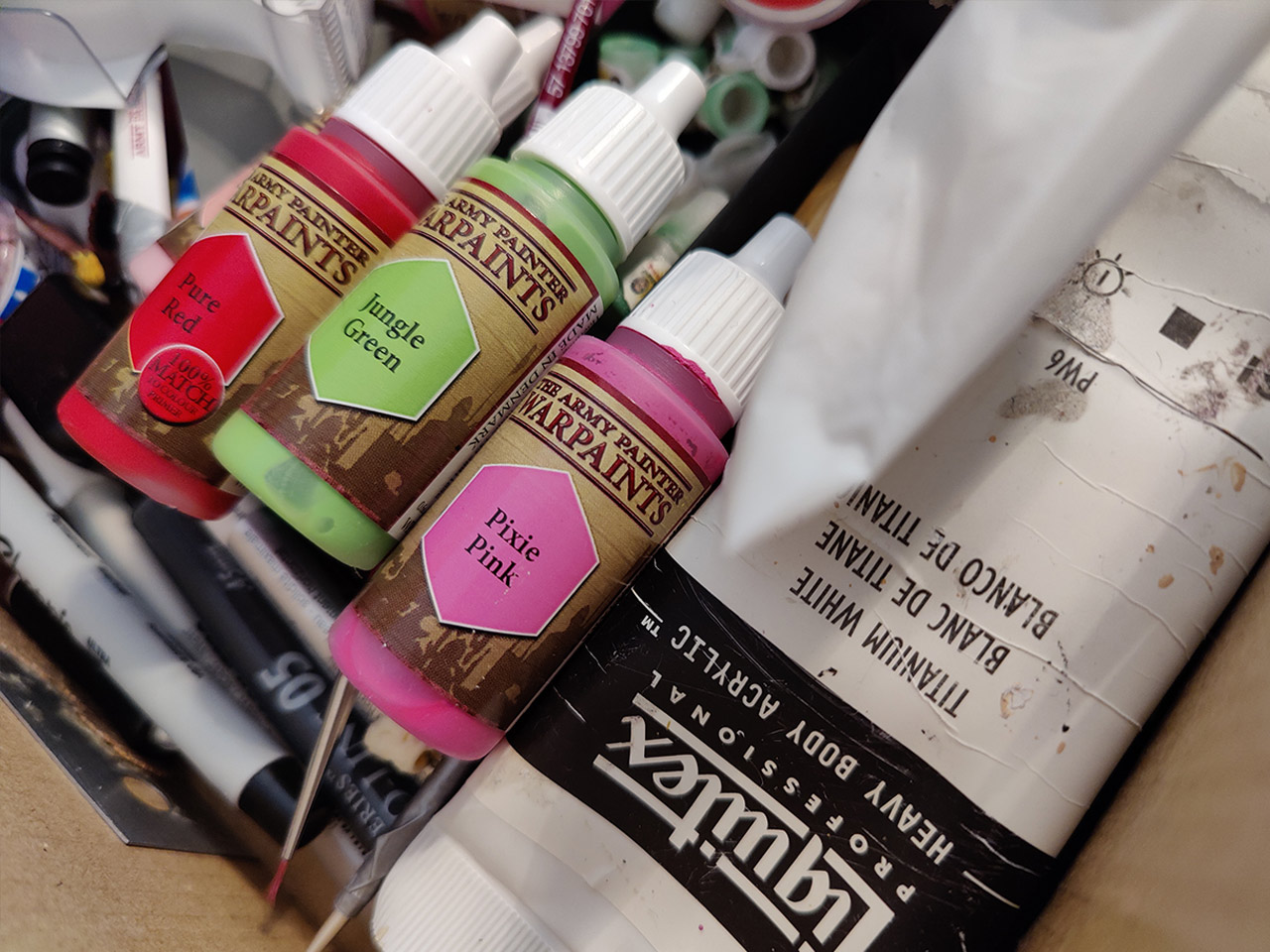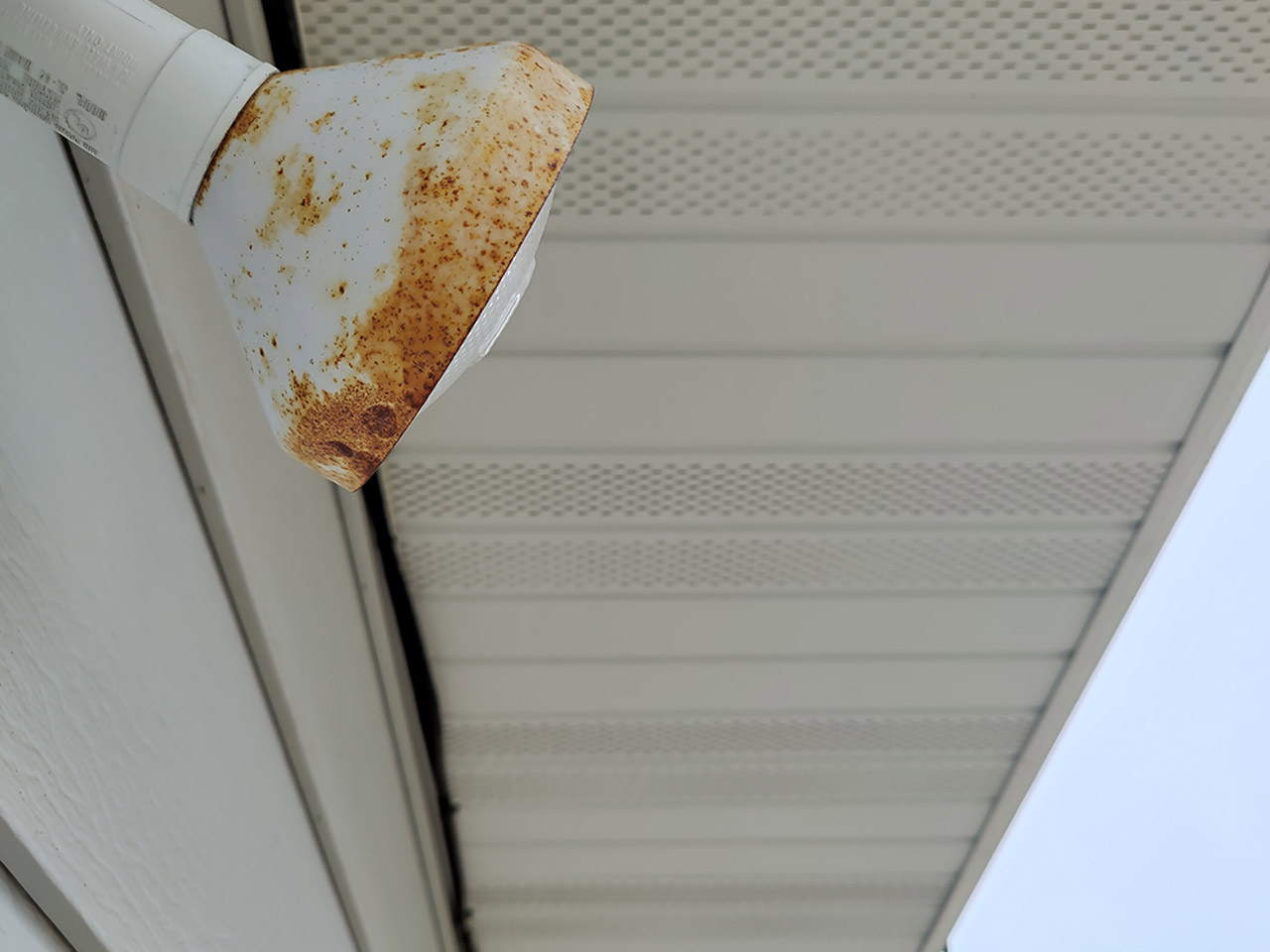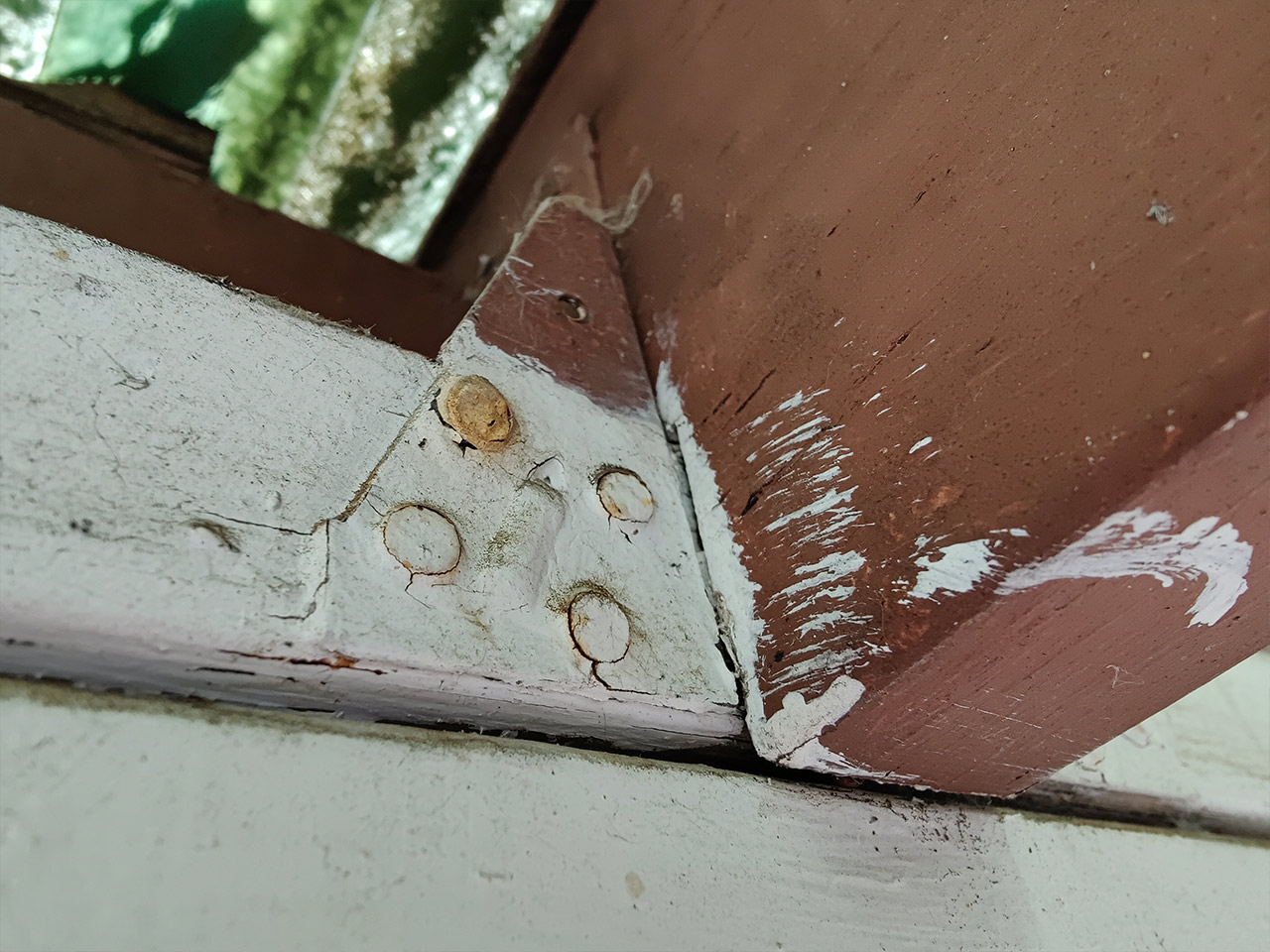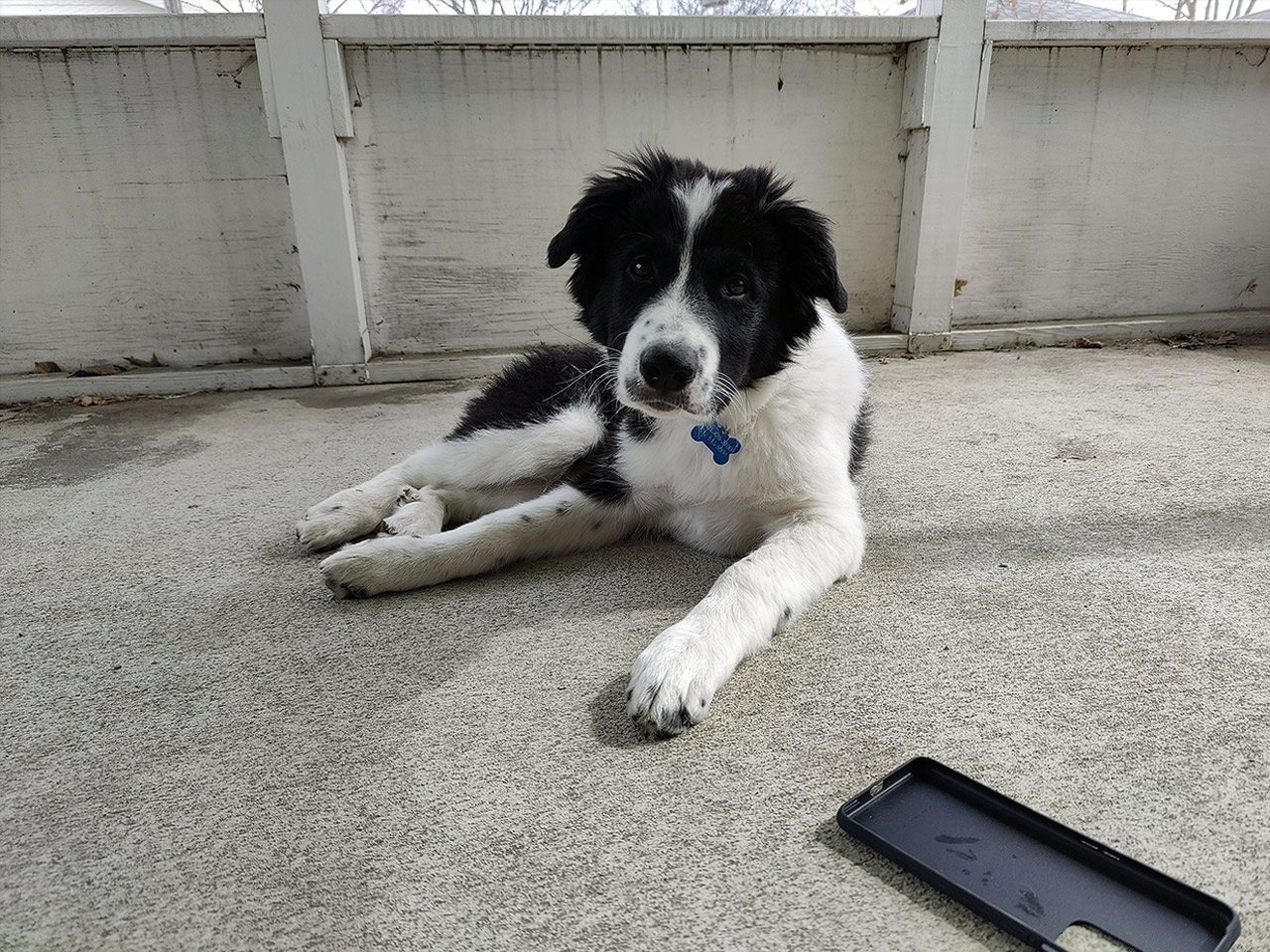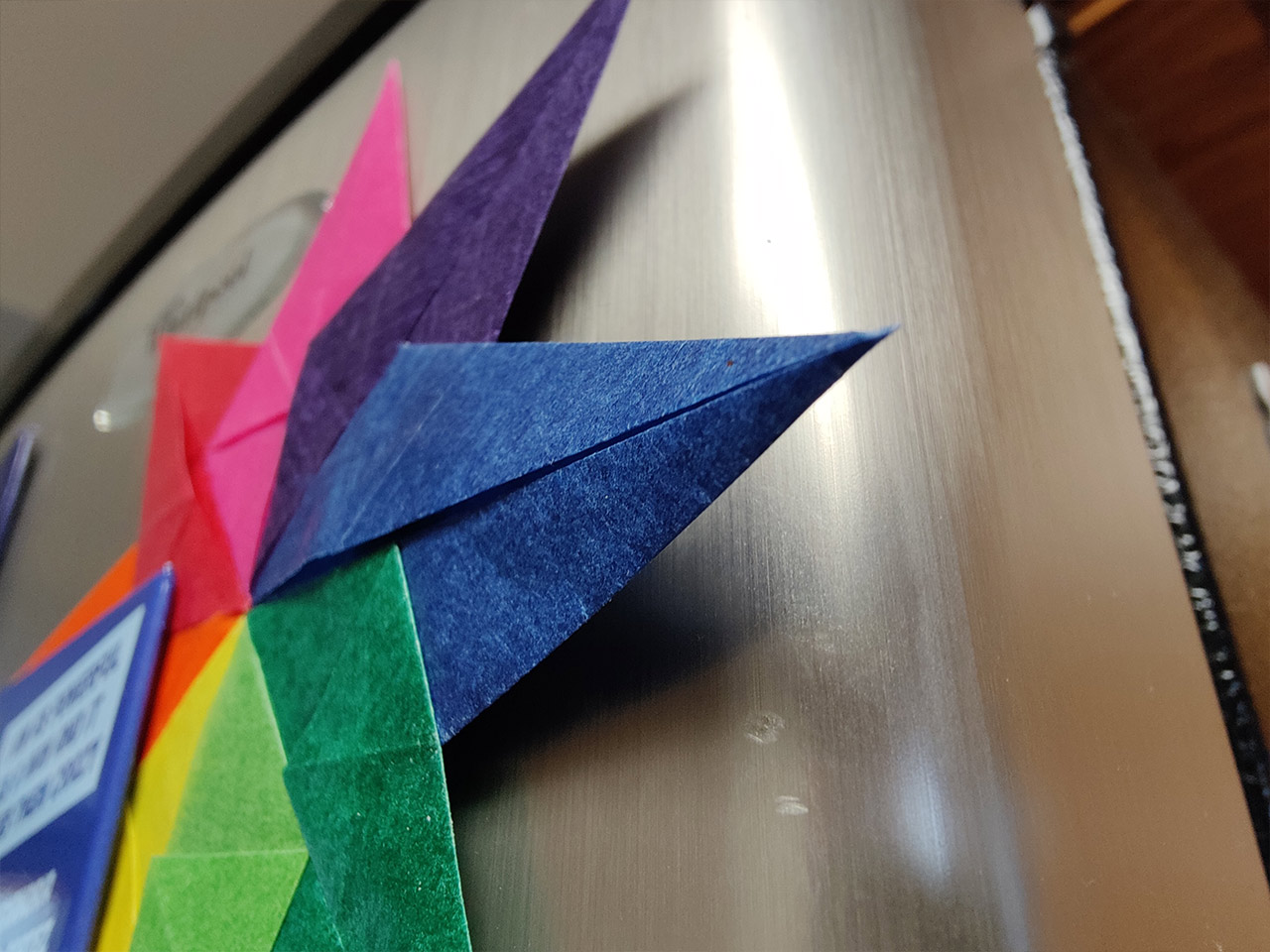OnePlus 9 Review - What you gain and lose VS OnePlus 9 Pro
- Brilliant professional display
- Elegant industrial design
- Extraordinary Hassleblad camera array
- Decent stereo speaker system
- Far out-performs launch price
- Punch hole display for front-facing camera
- Glass front and back demands protective case
- Wireless charging limited to 15W
The OnePlus 9 is very, very similar to the OnePlus 9 Pro. Today we're going to decide if it's worth buying one over the other – and if it's time to upgrade from an older OnePlus device. The OnePlus 9 Pro is approximately $240 more than the non-Pro device, comparing both devices with their lowest-tier base pricing. Both have the same display, Hassleblad branding, and a similar camera setup – so what's the difference?
Display
The OnePlus 9 has a 6.55-inch Fluid AMOLED display panel with 1080 x 2400 pixel resolution, giving it a 402ppi pixel density. This device has a single punch-hole in its upper left-hand corner for a forward-facing camera to peek through. The panel has rounded corners and a flat face.
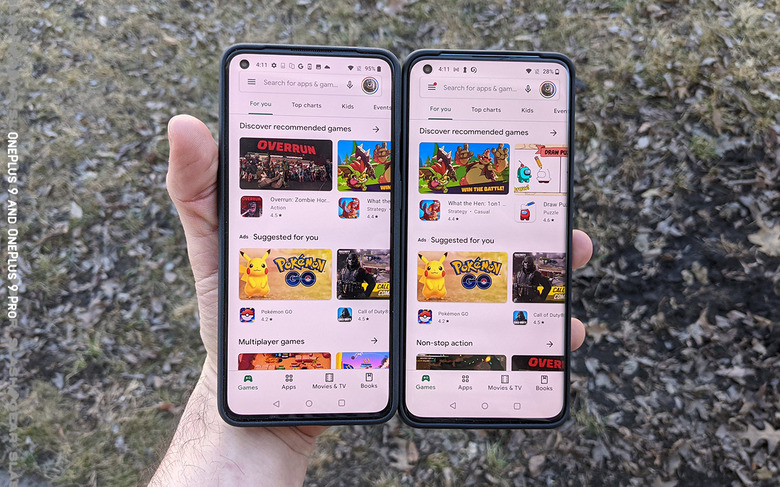
The OnePlus 9 Pro has a slightly larger display at 6.7-inches, but its left and right side are curved. The display resolution on the OnePlus 9 Pro is 1440 x 3216, giving it a 525ppi pixel density. The OnePlus 9 Pro is both taller and wider (but not thicker) than the OnePlus 9, but because the OnePlus 9 has a flat display, the two devices feel more similar to one another than they would if both devices had the same flatness (or amount of curve).
Because both devices have AMOLED displays, they should be capable of both extreme brightness and extreme dimness. OnePlus suggests that the OnePlus 9 is capable of 1100 nits peak brightness, while the Pro should be able to reach 1300 nits at its peak.
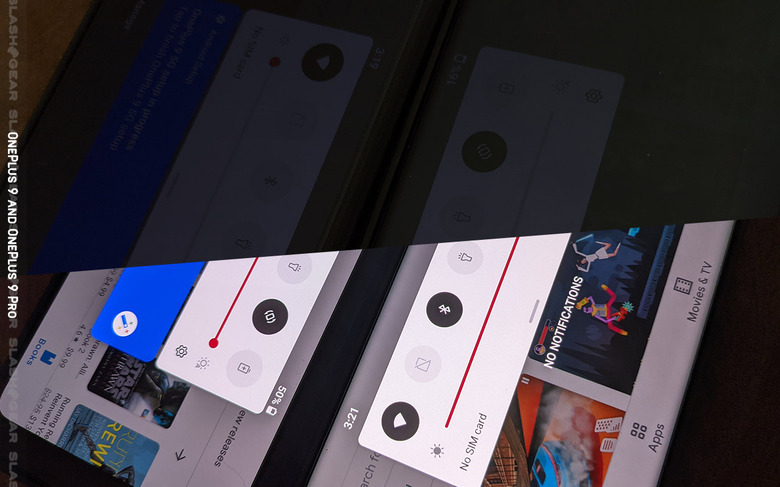
We're not using any scientific instruments to judge the actual light levels here – but it would appear that both devices can reach almost identical dimness. The peak brightness in the OnePlus 9 Pro is ever-so-slightly noticeably more intense than that of the non-Pro.
The touch polling on the OnePlus 9 isn't quite as top-tier as it is on the Pro. The Pro has what OnePlus calls "Hyper Touch", which means we're getting up to 360Hz touch polling in certain instances, and 240Hz most of the time. The OnePlus 9 has a max 240Hz touch sample rate. NOTE: Simple touch testing suggests we're certainly MAXED out at 240Hz touch sample rate on OnePlus 9, while OnePlus 9 Pro reaches above 240Hz, unless limited by the active game/app.
Processor, RAM, Storage
Both OnePlus 9 devices have the same Qualcomm Snapdragon 888 processor and the same amount of internal data storage – either 128 or 256GB. Both devices have the same LPDDR5 RAM – either 8 or 12GB. Both devices run the same software – save the few features that appear on the OnePlus 9 Pro that do not appear on the non-Pro 9 (mostly dealing with display/touchscreen refresh rates).
Materials, Buttons, Sensors, Speakers
Both devices have Gorilla Glass up front and around back, but the OnePlus 9 has a plastic frame (sandwiched between the glass front and back), while the Pro has aluminum. If you've got both devices in cases, you'd never know one had plastic or aluminum.
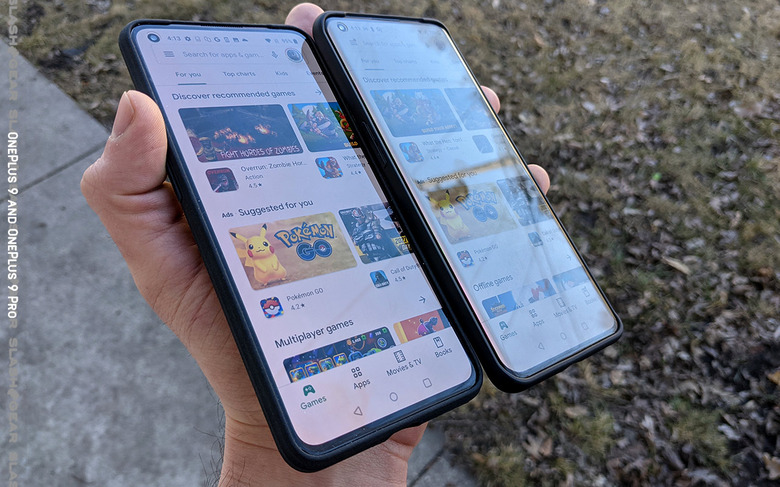
Both devices feel premium in a way that matches their cost. The industrial design choices OnePlus made for the OnePlus 9 series made for a classic product that's just different enough from the competition to be uniquely OnePlus' own.
Both devices have the same hardware buttons and options, USB-C, and front-facing camera. Both devices have the same USB-C tech, NFC capabilities, and fingerprint sensor (optical, under display). Both have the same sensors up front and inside, and the same set of speakers (both facing the same directions, forward and down).
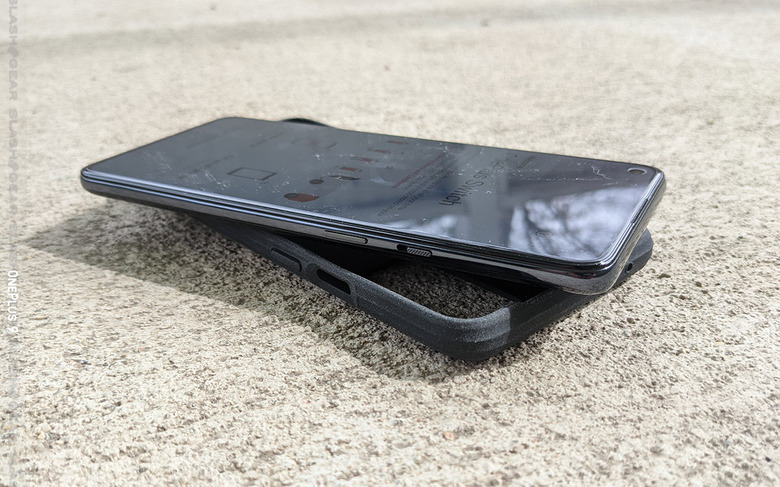
The speaker system is very, very good on the OnePlus 9. The speaker system does not appear to be any less powerful and high-quality than what's running in the OnePlus 9 Pro. OnePlus 9 has the Qualcomm WCD9385 audio codec, Qualcomm Aqstic platform tech, and the ability to deliver Dolby Atmos audio.
Camera
The OnePlus 9 and OnePlus 9 Pro both have Hassleblad branding, and both devices have what appear to be fairly similar camera setups. The front camera on both devices is literally the same – both have the same sensor, no difference.
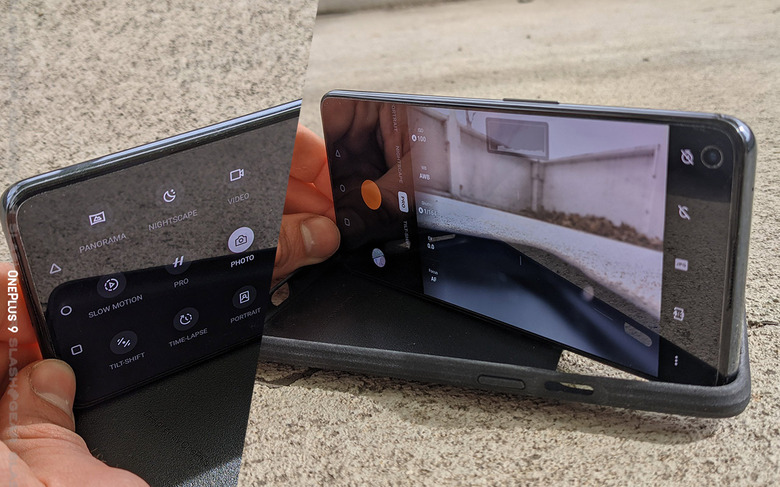
The backside camera array is different in a few key ways. The main sensor on both devices is a 1/1.43" 48-megapixel sensor with 1.12 μm/48M; 2.24 μm (4 in 1)/12M pixel size, 7P lens array, 23mm equivalent focal length, EIS, and f/1.8 aperture. But they don't work with the same main image sensor.

The OnePlus 9 has a Sony IMX689 main image sensor, while the Pro has a Sony IMX789 main image sensor. As such, the Pro has optical image stabilization (OIS) and a slightly more expansive set of video capture abilities. With the Pro, for example, you're able to capture 4K video up to 120fps, while the 4K video with the non-pro can only capture 30 or 60fps.
The Ultra-wide camera on the back of the OnePlus 9 is identical to that of the Ultra-wide camera on the Pro. Your wide photos are going to be able to be just as wide, regardless of which OnePlus 9 device you choose.
The Monochrome camera on both devices is also identical. You'll be able to take Super Macro photos at as close-range with one device as the other.
The OnePlus 9 Pro has a Telephoto Camera in its back-facing array of cameras. This is an 8-megapixel telephoto camera with 1.0 μm pixel size and an f/2.4 aperture. This telephoto camera delivers 3.3x (77mm) optical zoom, while the OnePlus 9 has no particularly spectacular comparable zoom capabilities.
The OnePlus 9 Pro also has a laser sensor that's meant to assist with speedy autofocus. The non-Pro OnePlus 9 has no such laser. Based on our tests with the devices, this feature doesn't seem to make a whole lot of difference between the two devices.
Battery
The battery size on both devices is identical. Both devices can use USB-C wired Warp Charge 65T (10V/6.5A), so they can charge up several hours-worth of battery life in a matter of minutes. They can charge from zero to 100% in under an hour – and the majority of the way in just over 30 minutes.
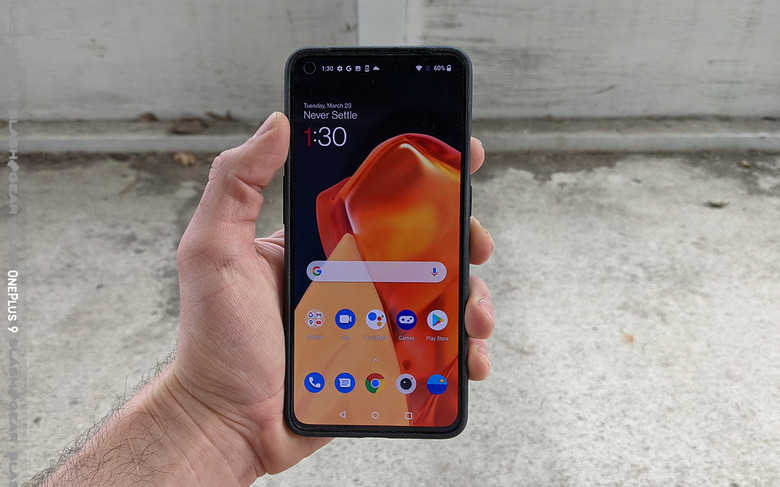
Both devices have the ability to charge wirelessly with Qi-standard wireless chargers, and both devices can reverse-charge. If you activate said feature, one device can act as a wireless charger to charge any other Qi-standard wireless charge-capable device.
The OnePlus 9 wirelessly charges at a maximum 15W, no matter which wireless charger it's working with. If you're using the newest wireless charger from OnePlus – the OnePlus Warp Charge 50 Wireless Charger – you'll be able to charge the OnePlus 9 Pro at 50W. The OnePlus 9 Pro charges from zero to 100% at under an hour with this charger.
The Warp Charge 50 Wireless Charger works with a fan to keep devices cool while they're charging. If you're using either the OnePlus 9 or 9 Pro, you can set a "Bedtime Mode" schedule. Bedtime Mode slows the charging and slows the fan to keep quiet so you can sleep (assuming the charger sits at your bedside.)
The battery very easily lasts a full day on a full charge with the OnePlus 9. When using the device for the most basic of purposes – email, camera, social networking, web browsing, we've been able to stretch battery life to nearly two full days on a single full charge.
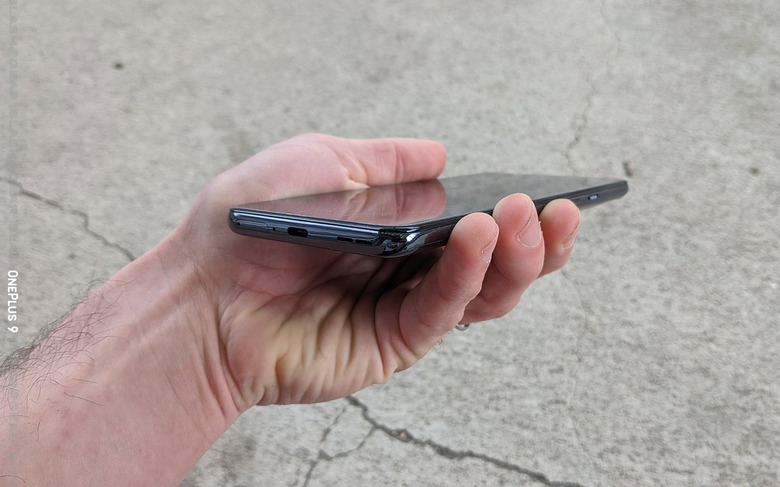
Wrap-up
OnePlus 9 was announced with three different case color options: Winter Mist, Astral Black, and Arctic Sky. There are two options for RAM+ROM, one with 8+128, the other 12+256, priced at $729 and $829 respectively.
SEE TOO: Our OnePlus 9 Pro Review
The OnePlus 9 Pro was announced in Morning Mist and Pine Green. There are two RAM+ROM sizes here too, one with 8+128, the other 12+256, priced at $969 and $1069 respectively.
The most major differences between these devices are in the display size and shape, touch polling, wireless charging speed, and price. If you're comparing the lesser of the OnePlus 9 models to the lesser of the OnePlus 9 Pro devices, the $240 difference in price is pretty significant – more significant than we'd judge sensible for the benefits.
You're still getting 120Hz image refresh rate on the display, it's still an AMOLED display, and the differences between camera systems are almost non-existent. Use the extra cash on a OnePlus protective case and buy yourself a dinner or two instead.

